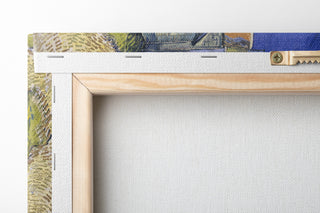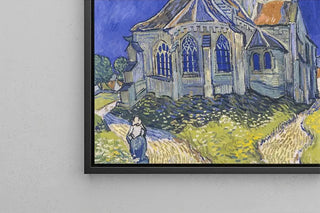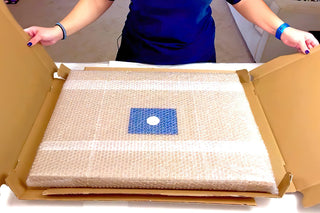Painting Roodmaskeragapornis Agapornis pullarius Oostindische Mussche Psittacus Minimus - Anselmus Botius de Boodt | Art print


View from behind

Frame (optional)
An exotic bird captured with precision: Roodmaskeragapornis Agapornis pullarius Oostindische Mussche Psittacus Minimus
This art print of the Roodmaskeragapornis Agapornis pullarius Oostindische Mussche Psittacus Minimus reproduces the composition with remarkable naturalist finesse: contrasting red and green plumage, bright gaze, and expressive posture captured by a delicate line. The colors, subtly nuanced, evoke the soft light of a 17th-century cabinet of curiosities, while the technique combines scientific observation and pictorial sensitivity. The atmosphere that emerges is both studious and poetic, inviting the eye to discover every detail from the beak to the remiges. This piece evokes the link between art and science in the illustration of exotic species.
Anselmus Botius de Boodt, master of naturalist drawing and scientific illustration
Anselmus Botius de Boodt was an observer and compiler of natural objects whose approach combines precision and erudition. Active at the turn of the 17th and 16th centuries, he distinguished himself with plates intended for cabinets of curiosities and naturalist treatises, where accuracy prevails without sacrificing aesthetics. His work reflects the exchanges between artists, naturalists, and collectors of the time, and influences how exotic species are represented in Europe. This historical context gives the art print a documentary as well as ornamental value, paying tribute to the illustrator's expertise.
A decorative acquisition with multiple assets
This canvas Roodmaskeragapornis Agapornis pullarius Oostindische Mussche Psittacus Minimus easily fits into a living room, a library, an office, or a bedroom, where it brings a touch of natural history and classic elegance. The art print guarantees color and detail fidelity to enhance the original features, while the presence of the painting creates a refined focal point. Chosen for its quality and narrative character, this piece suits contemporary interiors as well as more traditional atmospheres. Offer your space a decorative and cultural element that arouses curiosity and attentive viewing.

Matte finish

View from behind

Frame (optional)
An exotic bird captured with precision: Roodmaskeragapornis Agapornis pullarius Oostindische Mussche Psittacus Minimus
This art print of the Roodmaskeragapornis Agapornis pullarius Oostindische Mussche Psittacus Minimus reproduces the composition with remarkable naturalist finesse: contrasting red and green plumage, bright gaze, and expressive posture captured by a delicate line. The colors, subtly nuanced, evoke the soft light of a 17th-century cabinet of curiosities, while the technique combines scientific observation and pictorial sensitivity. The atmosphere that emerges is both studious and poetic, inviting the eye to discover every detail from the beak to the remiges. This piece evokes the link between art and science in the illustration of exotic species.
Anselmus Botius de Boodt, master of naturalist drawing and scientific illustration
Anselmus Botius de Boodt was an observer and compiler of natural objects whose approach combines precision and erudition. Active at the turn of the 17th and 16th centuries, he distinguished himself with plates intended for cabinets of curiosities and naturalist treatises, where accuracy prevails without sacrificing aesthetics. His work reflects the exchanges between artists, naturalists, and collectors of the time, and influences how exotic species are represented in Europe. This historical context gives the art print a documentary as well as ornamental value, paying tribute to the illustrator's expertise.
A decorative acquisition with multiple assets
This canvas Roodmaskeragapornis Agapornis pullarius Oostindische Mussche Psittacus Minimus easily fits into a living room, a library, an office, or a bedroom, where it brings a touch of natural history and classic elegance. The art print guarantees color and detail fidelity to enhance the original features, while the presence of the painting creates a refined focal point. Chosen for its quality and narrative character, this piece suits contemporary interiors as well as more traditional atmospheres. Offer your space a decorative and cultural element that arouses curiosity and attentive viewing.






